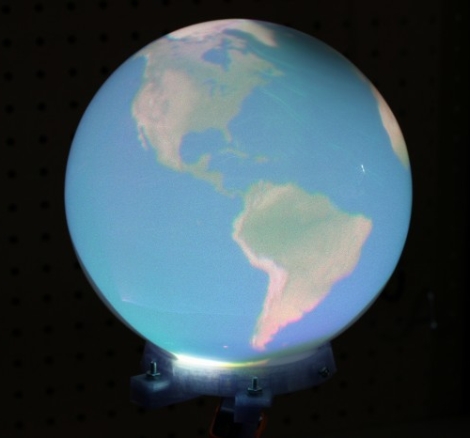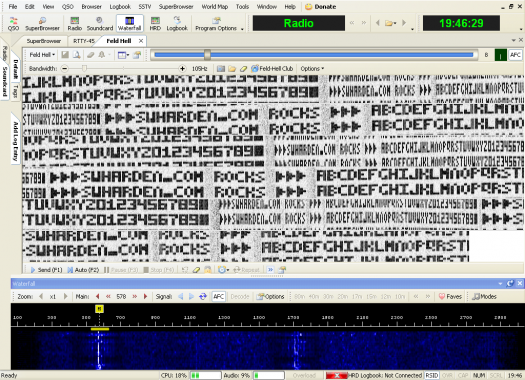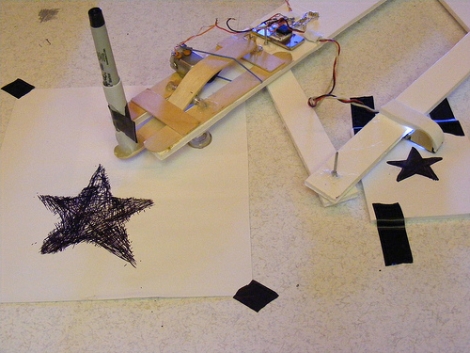
[Nirav] liked the idea of having his own personal Earth at the tip of his fingers, and since that’s not happening any time soon, he decided to build the next best thing. Sure, he could have simply gone out and purchased a globe, but there is no fun in that. Instead, he shows us how he put together an interactive spherical display that won’t break the bank.
The sphere uses a Microvision SHOWWX to drive its display, which projects an image inside of a frosted glass light fixture. The pico projector gets some help from a 180° fisheye lens along the way, enabling the picture to be stretched across the entire inner surface of the globe.
[Nirav] used his 3D extruder to build a base for the globe, which attaches to the projector via a printed mounting plate. A GorillaPod was used to keep things upright while he dusted off his trigonometry skills in order to figure out how to get the image just right.
We think that he did a great job – it definitely looks to be on par (albeit a bit smaller) than the eye of Sauron globe we saw a while back. We can’t wait to see a video of this thing in action once it’s completely finished!

















